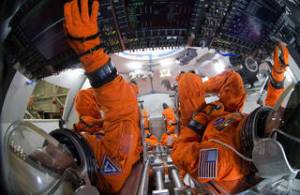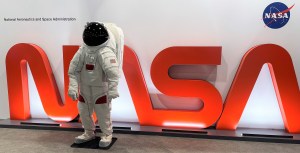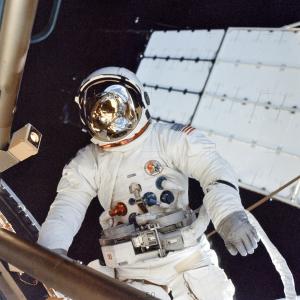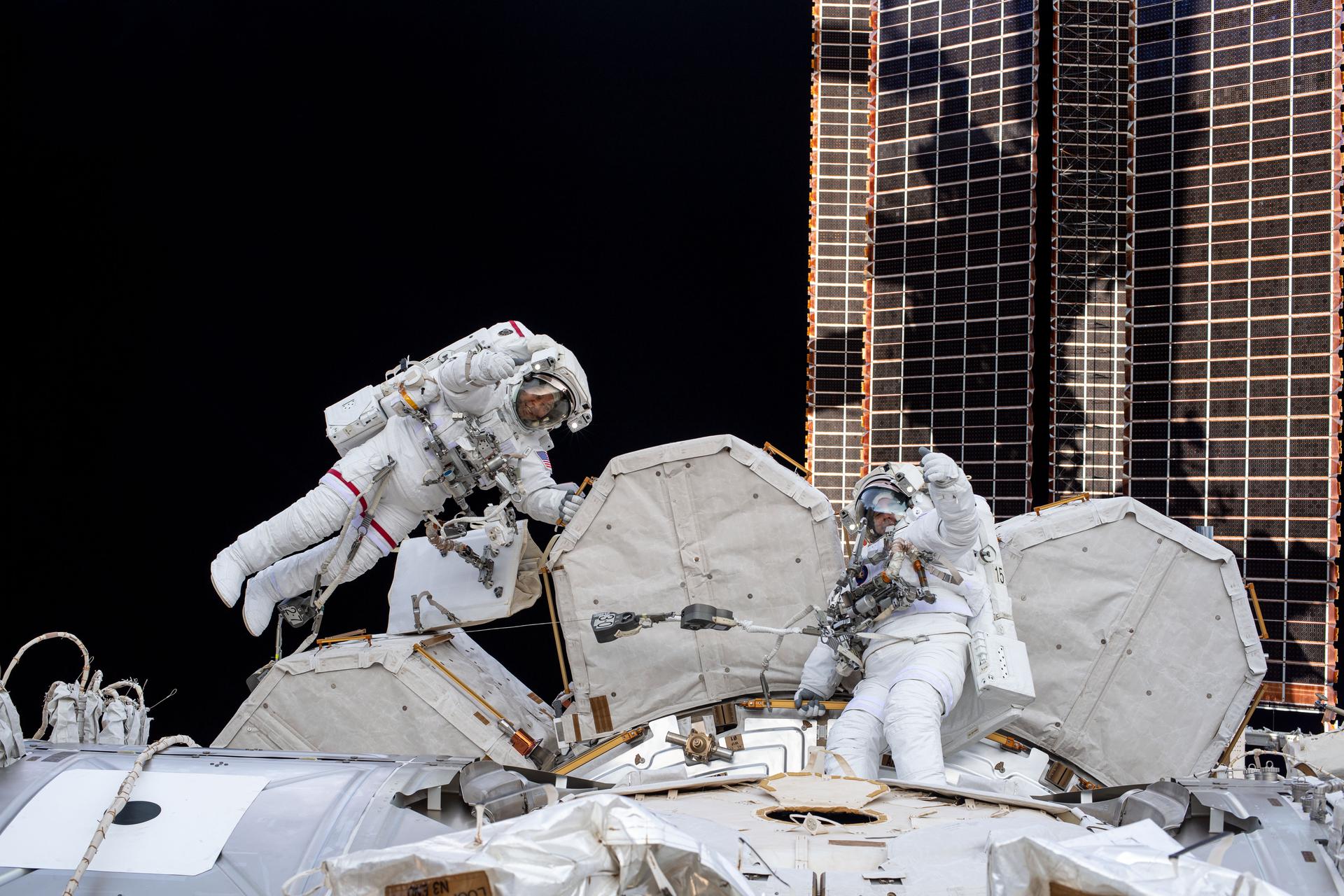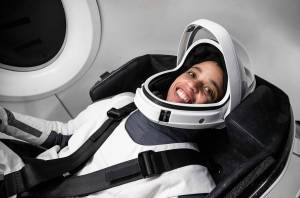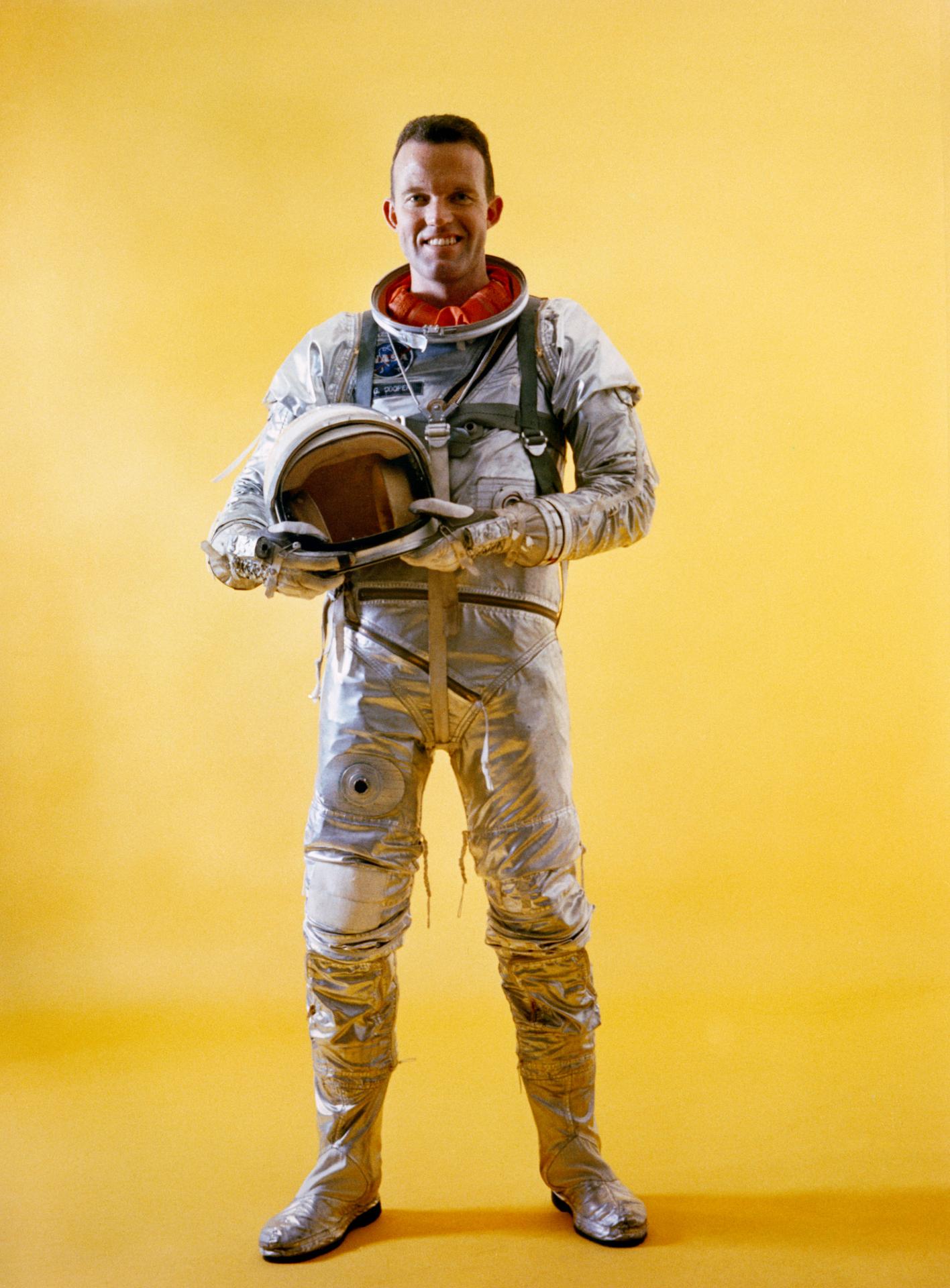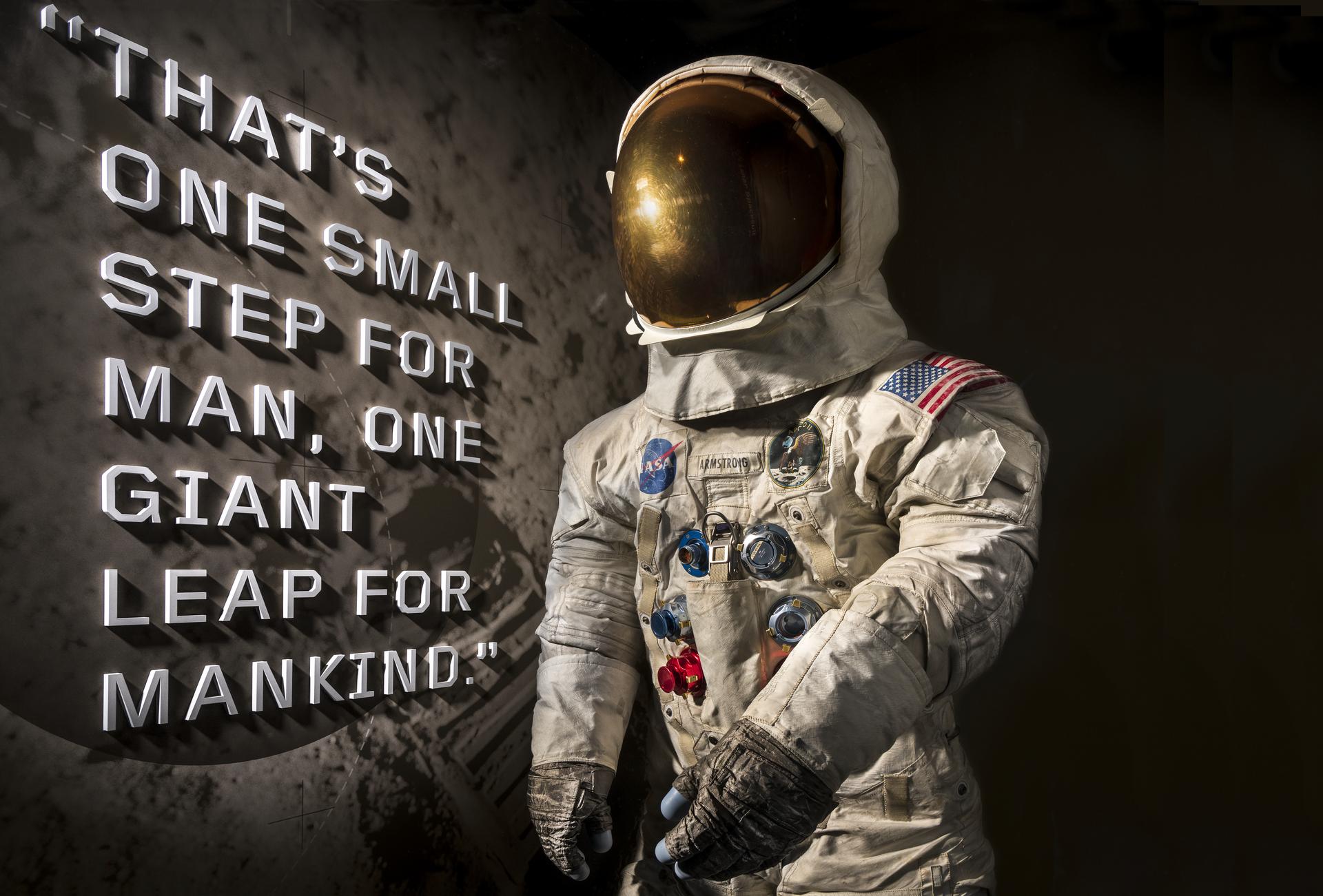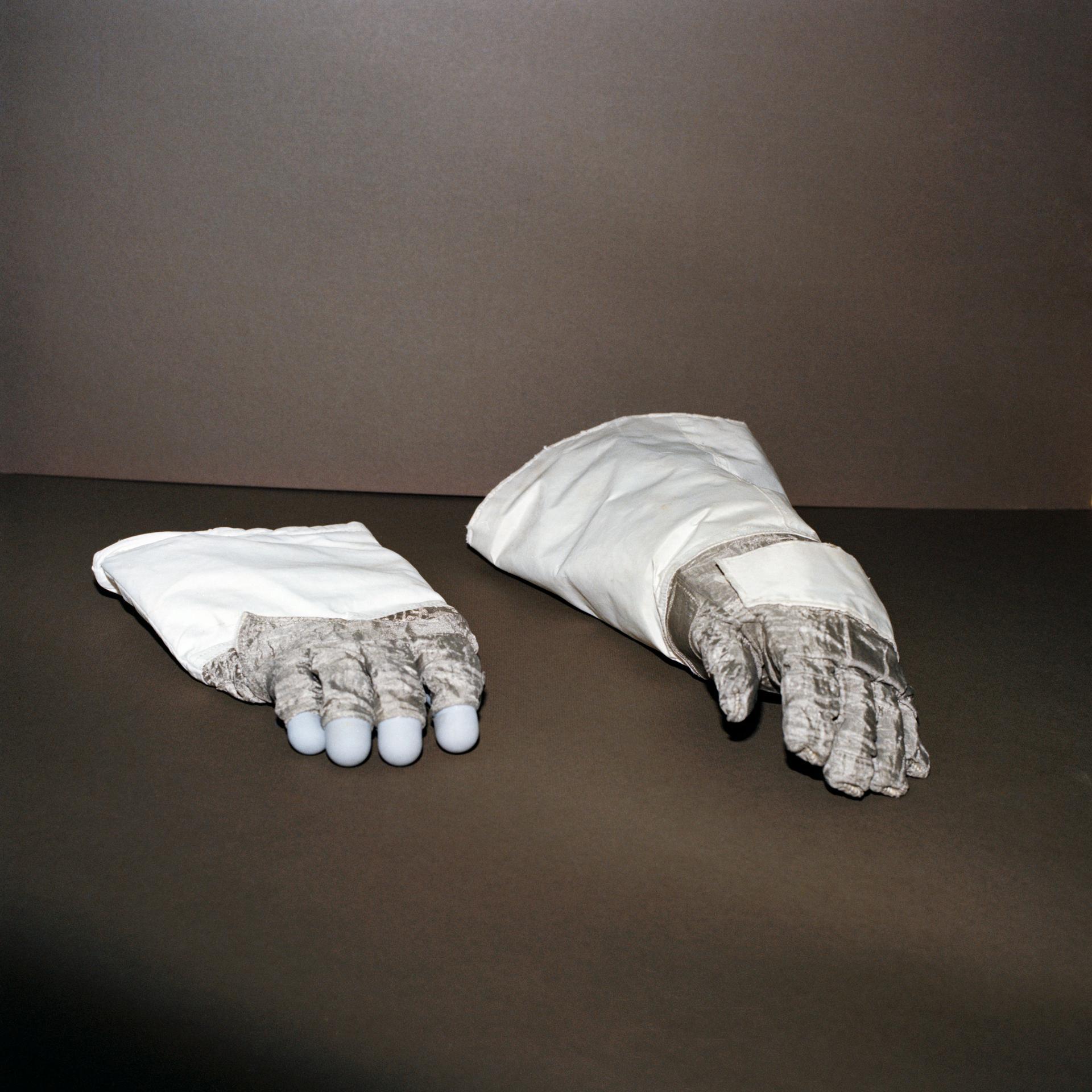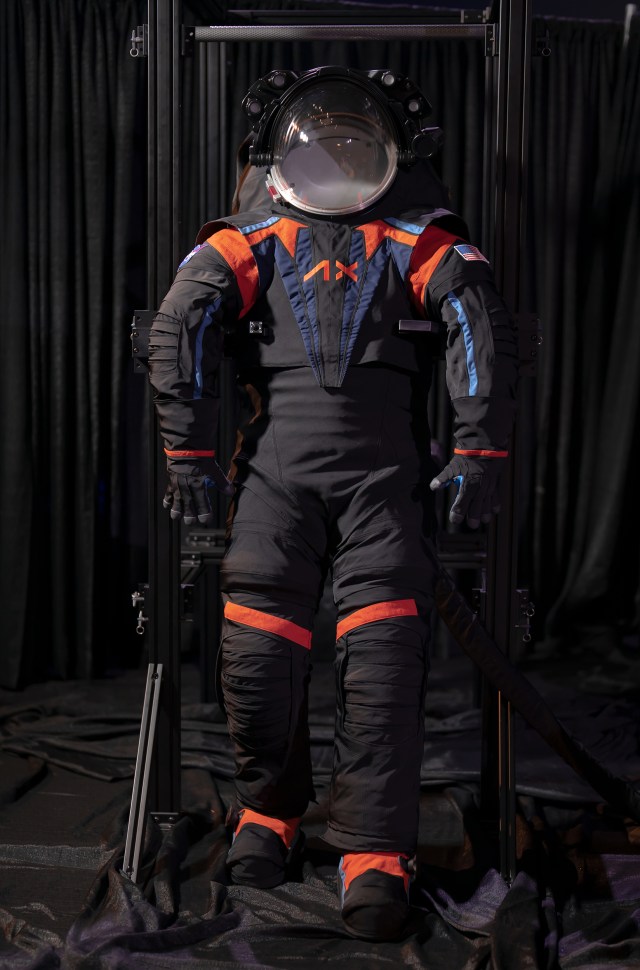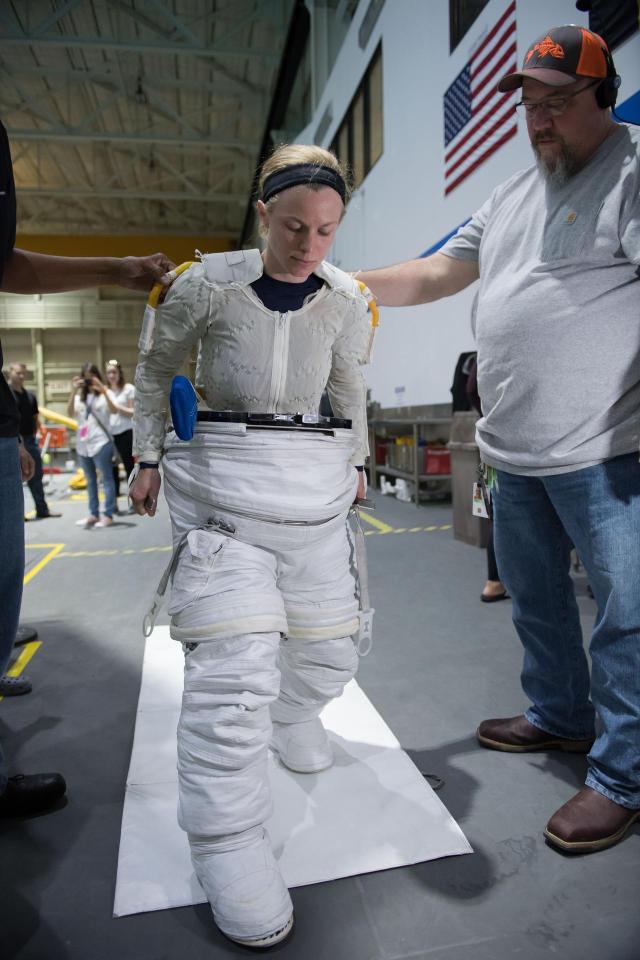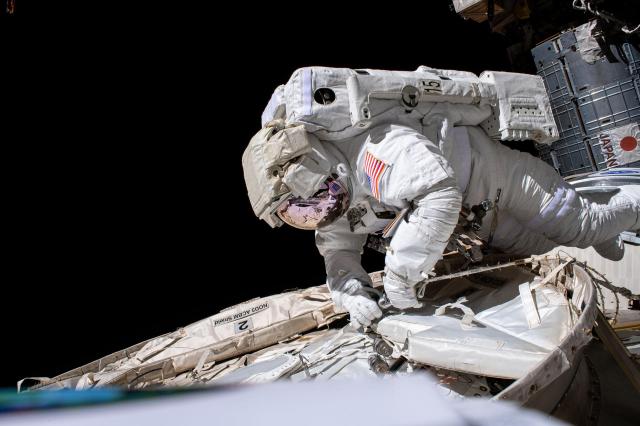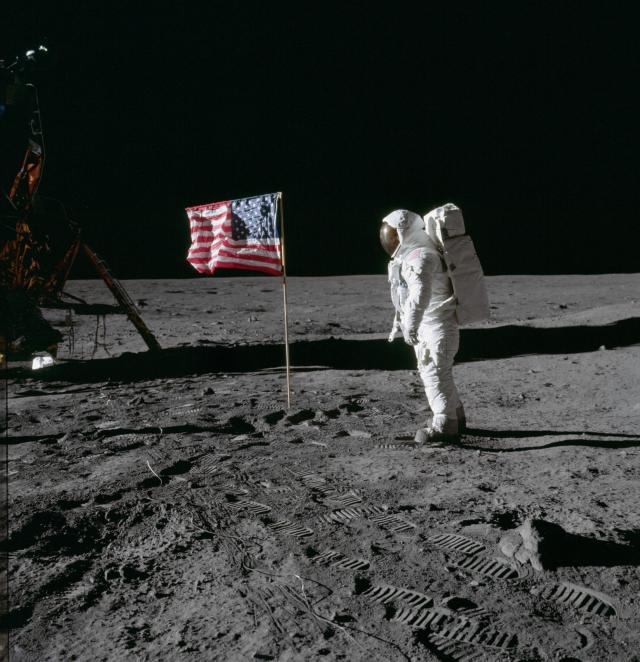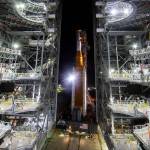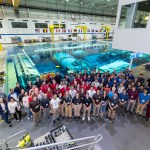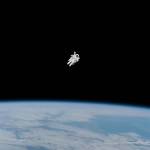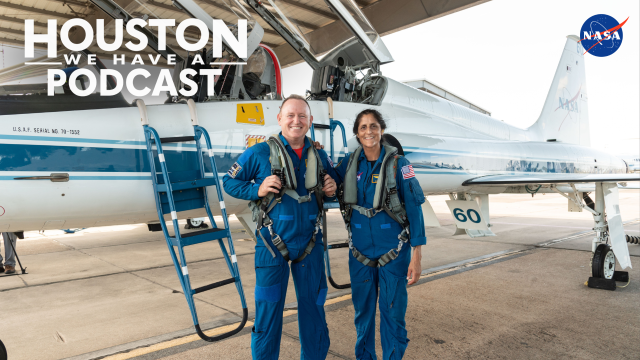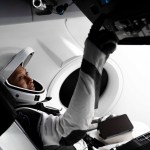Spacesuits
More than 50 years of NASA expertise is going into the design of modern spacesuits that will protect and support astronauts as they reach iconic heights during forays in low-Earth orbit, the Moon, and worlds beyond. The agency is partnering with commercial providers Collins Aerospace and Axiom Space to provide next-generation spacesuits perfectly suited to NASA’s expanded mission portfolio.
NASA astronauts have performed spacewalks outside the International Space Station for maintenance and upgrades while wearing the Extravehicular Mobility Unit (EMU) spacesuit design that debuted during the Space Shuttle Program in the 1980s. While the EMU spacesuit has far exceeded its planned design lifespan, NASA is eager capitalize on advanced spacewalking capabilities to achieve increasingly complex exploration goals. The new suits, which act as “personal spaceships” for the astronauts, will benefit from cutting-edge technologies that were not available these decades past, such as improved mobility and innovations in life support systems.
Quick Facts
Spacesuit Learning Resources
Spacesuit for NASA’s Moon Surface Mission Debuts
When NASA sends the first astronauts to explore near the lunar South Pole, moonwalkers will wear spacesuits provided by Axiom Space.
Learn More About The Spacesuit about Spacesuit for NASA’s Moon Surface Mission Debuts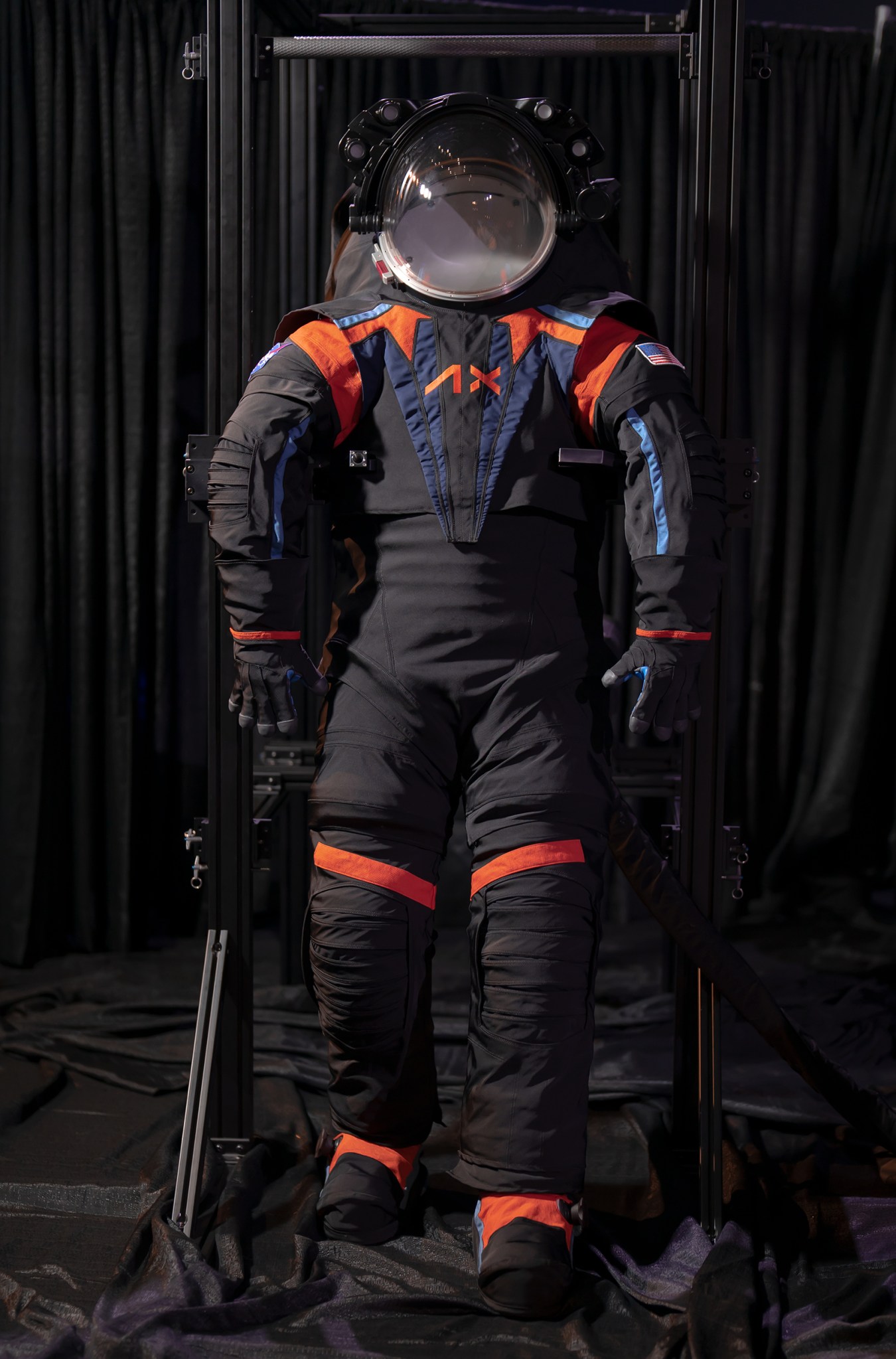
Suit Up for Mars
From Earth orbit to the Moon and Mars, explore the world of human spaceflight with NASA on the official podcast of the Johnson Space Center in Houston. Listen to in-depth conversations with the astronauts, scientists and engineers who make it possible.
On Episode 280 of Houston We Have a Podcast, hear from a spacesuit systems engineer who explains what will be needed in the design and operation of a spacesuit on the Red Planet. This is the tenth episode in a reboot of our series about a human mission to Mars.
Listen here about Suit Up for Mars
Next-Gen Suit for Space Station Debuts
A next-generation spacesuit will advance NASA’s spacewalking capabilities in low-Earth orbit and at the International Space Station.
Learn More about Next-Gen Suit for Space Station Debuts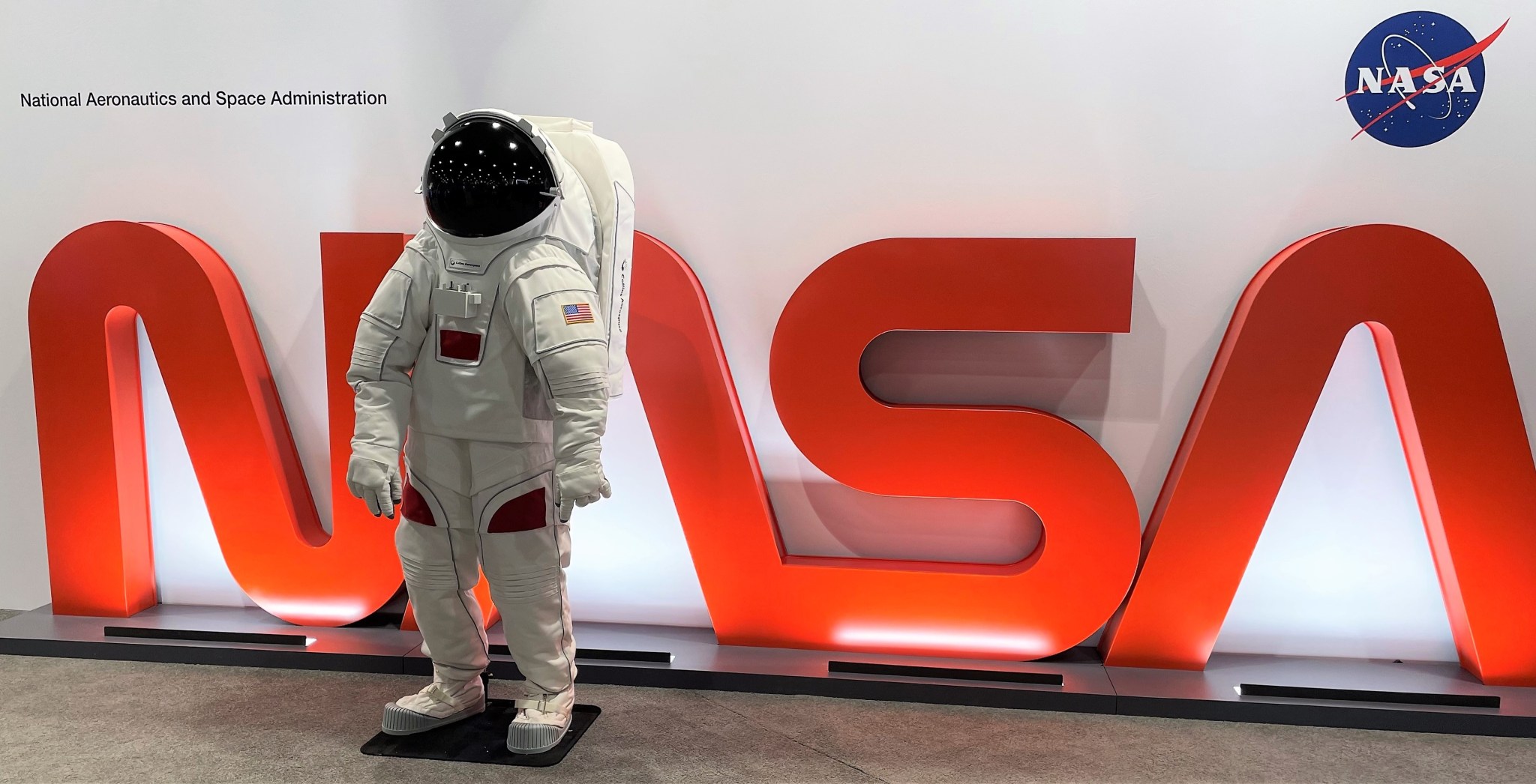
History
Early Spacesuits
Early attempts at pressure suits stemmed from the recognition that piston engine aircraft using turbochargers were able to fly at altitudes that now posed new dangers for pilots.
As the agency began to plan for space exploration, NASA needed to transition from full-pressure suits to spacesuits, which were a significant step in protecting humans.
Learn More About Early Spacesuits about Early Spacesuits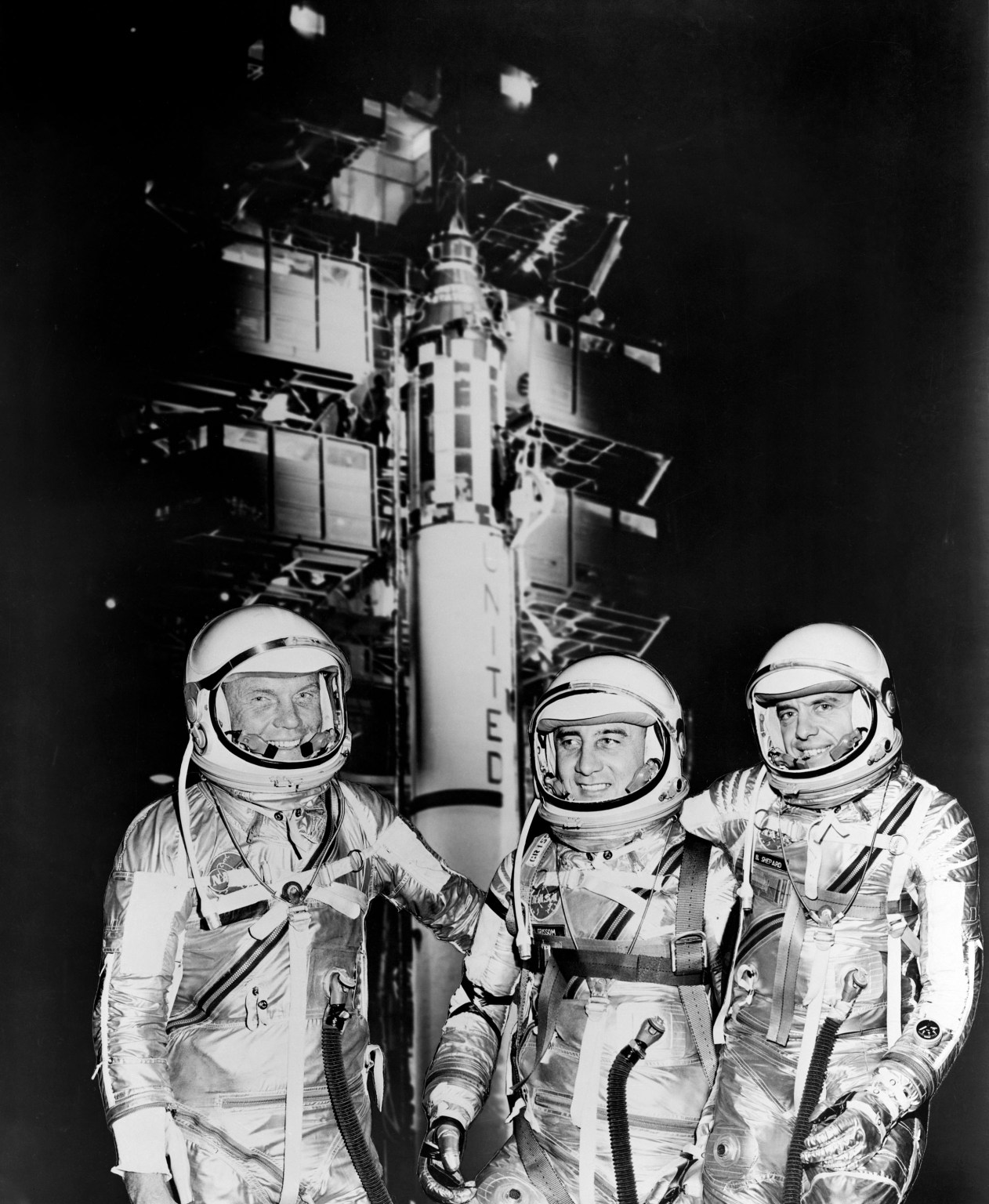
Glove Inspection Tech Lends Helping Hand
The same hands spacewalkers use for locomotion are also key tools for building and maintaining the space station – and a first-line of defense against the vacuum of space.
Learn More About Our Glove Tech about Glove Inspection Tech Lends Helping Hand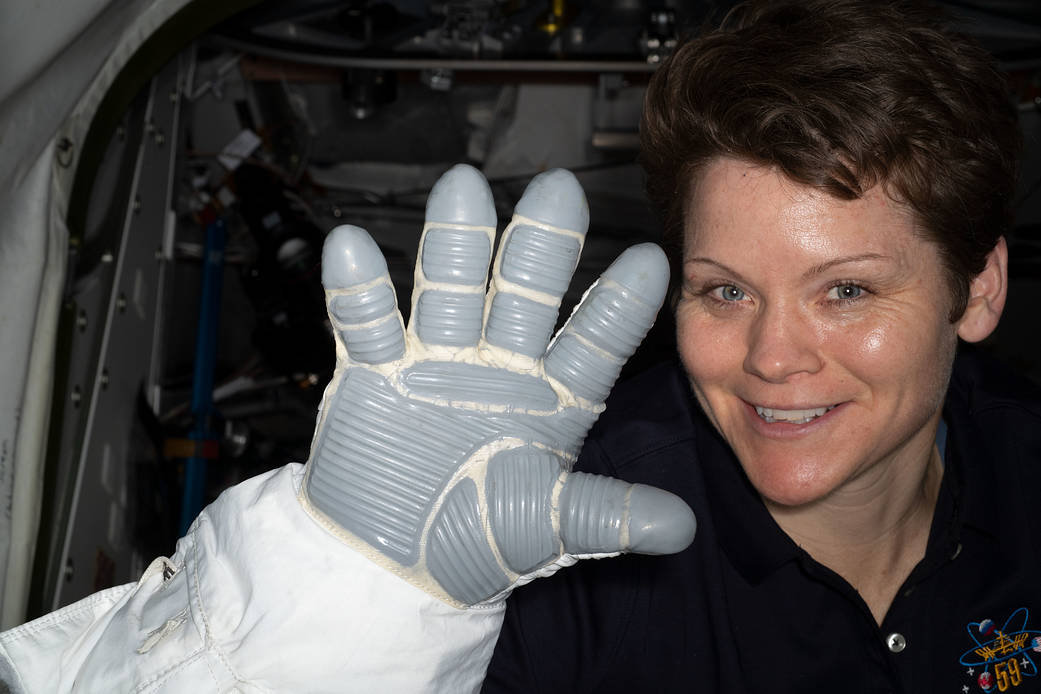
Media
